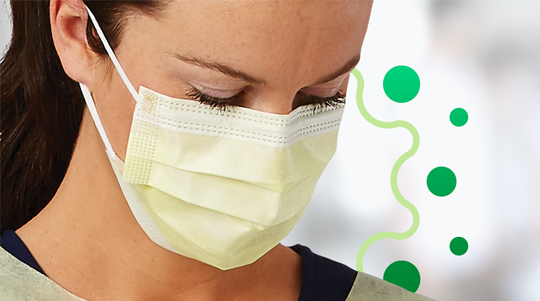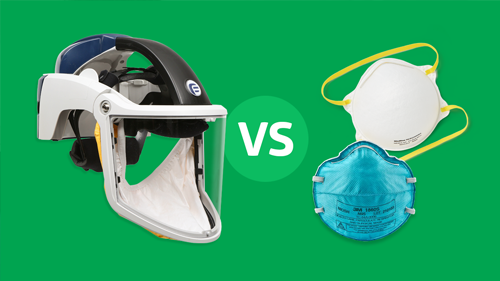Medical gown options: AAMI standards applied to more PPE gowns
Learn how to pick suitable protective apparel and help prevent HAIs.

Personal protective equipment (PPE) is an important part of your facility’s overall infection prevention strategy. You wear PPE such as gowns to protect yourself, patients, residents and visitors from disease-causing germs. For years, AAMI has rated surgical and isolation gowns according to four levels of fluid protection. These ratings help you choose the right level of gown for a particular task or situation, based on your risk of exposure to potentially infectious liquids or solids.
As you know, they’re not the only medical gowns used for protection in a healthcare facility. That’s why AAMI has updated ANSI/AAMI PB70, the standard that establishes requirements for barrier performance, a classification system and associated labeling requirements for healthcare protective apparel.1
So what does this mean?
Once the standard update is implemented, non-surgical and non-isolation medical gowns, such as decontamination gowns and procedure gowns, can be rated for their barrier protection. In addition, all gowns and the packaging they come in will need to be labeled according to their type and rating—as well as an expiration date.2
“The intent is to put more structure and definition around protection levels,” says Mark Chua, Medline Vice President of Preventive Care. “With more gown options defined and differentiated, healthcare workers can make better informed selections.”
Let’s take a look at barrier protection ratings and how they’ll help staff gown up appropriately.
Know the 4 levels of fluid protection
Level 1—Minimal risk of exposure: to be used, for example, during basic care, standard isolation, cover gown for visitors or in a standard medical unit
Level 2—Low risk of exposure: to be used, for example, during blood draw, suturing, in the intensive care unit (ICU), or a pathology lab
Level 3—Moderate risk of exposure: to be used, for example, during arterial blood draw, inserting an intravenous (IV) line, in the emergency room, decontamination/sterile processing department or for trauma cases
Level 4—High risk of exposure: to be used, for example, during long, fluid-intense procedures, surgery, when pathogen resistance is needed or non-airborne infectious diseases are suspected3
As you decide on the gown level you need for a given task, think about the kind of contact you’ll have with a patient or resident. Are you changing a diaper? Helping with commode use? Assisting with oral care? The Centers for Disease Control and Prevention (CDC) has labeled three primary ways infectious organisms in blood and liquids are spread:
- Contact (direct and indirect)—the most common in general. Direct contact transmission happens when microorganisms transfer directly from one person to another. Indirect contact transmission happens when there is no direct human-to human contact. An infectious agent transfers from a reservoir, such as an object, to a person.
- Droplet—respiratory droplets created through coughing, sneezing or talking
- Airborne—evaporative respiratory droplets that stay in the air4
Direct contact can occur through broken skin or mucous membranes located in areas such as the eyes, nose or mouth. In addition to blood, other body fluids can include (but are not limited to) urine, saliva, sweat, feces, vomit, breast milk and semen.4
With more gown options defined and differentiated, healthcare workers can make better informed selections.

Mark Chua
Medline Vice President of Preventive Care
Recognize a gown’s critical zones and category
What is meant by “critical zones” for protective apparel? These are the areas where direct contact with blood, body fluids and other potentially infectious materials is most likely to occur.2
The PB70 update does more than provide protection levels for some gowns that currently are non-rated, such as decontamination and procedure. It also adds new categories of protective gowns, shown below with their critical zones identified:
Full coverage gown
- Provides protection from exposure to the front and back of the wearer
- Has overlap in the back so that when an appropriately sized gown is worn, there are no gaps in the back, with no slits, perforations or holes in any part of the gown2
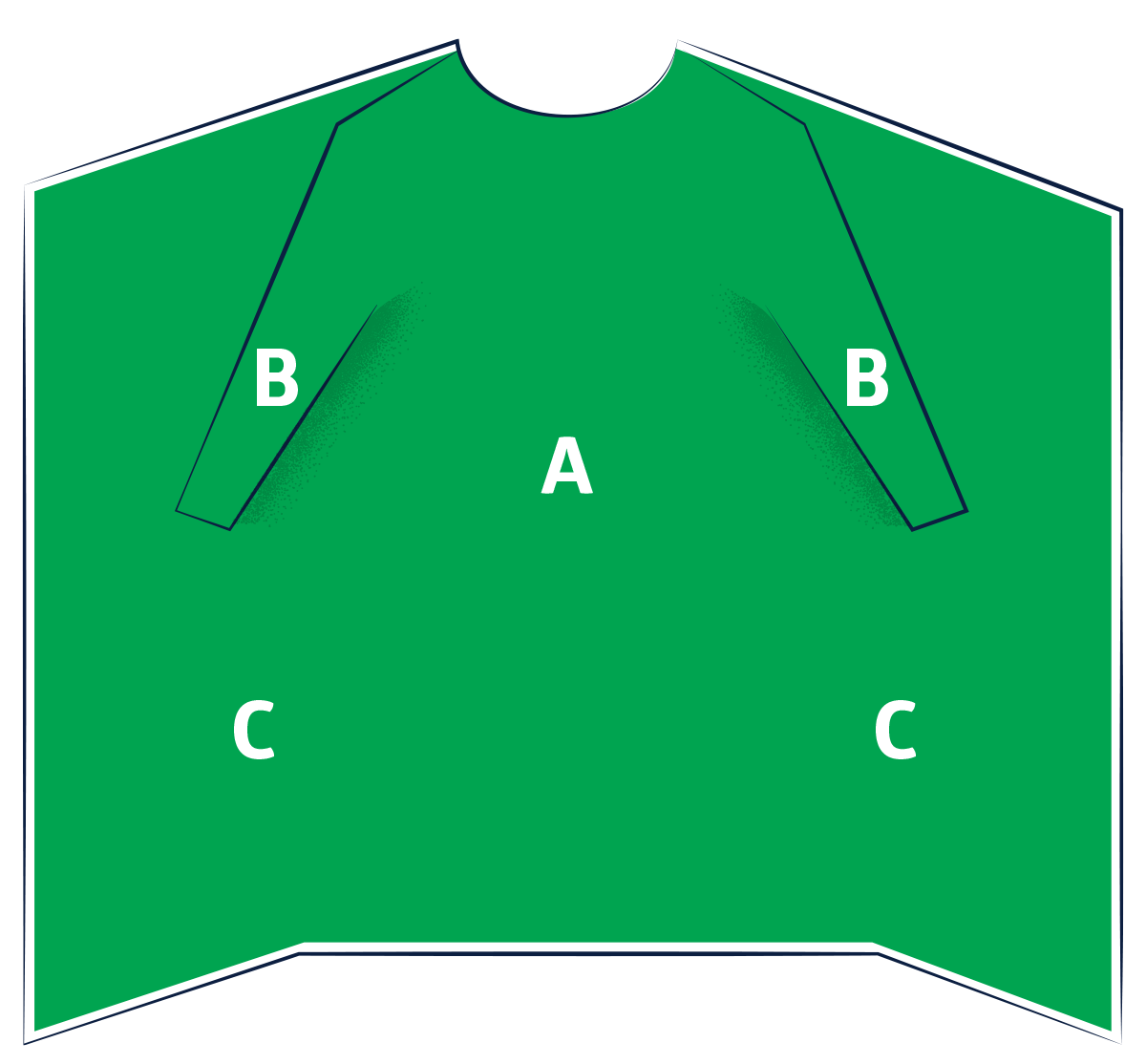
Non-protective back gown
- Does not claim barrier protection from exposure to the back
- Has a back that contains slits, perforations or holes or the back panels do not meet at least the requirements for Level 1 barrier performance. You should use non-protective back gowns only when you don’t expect your back to be exposed to risk.2
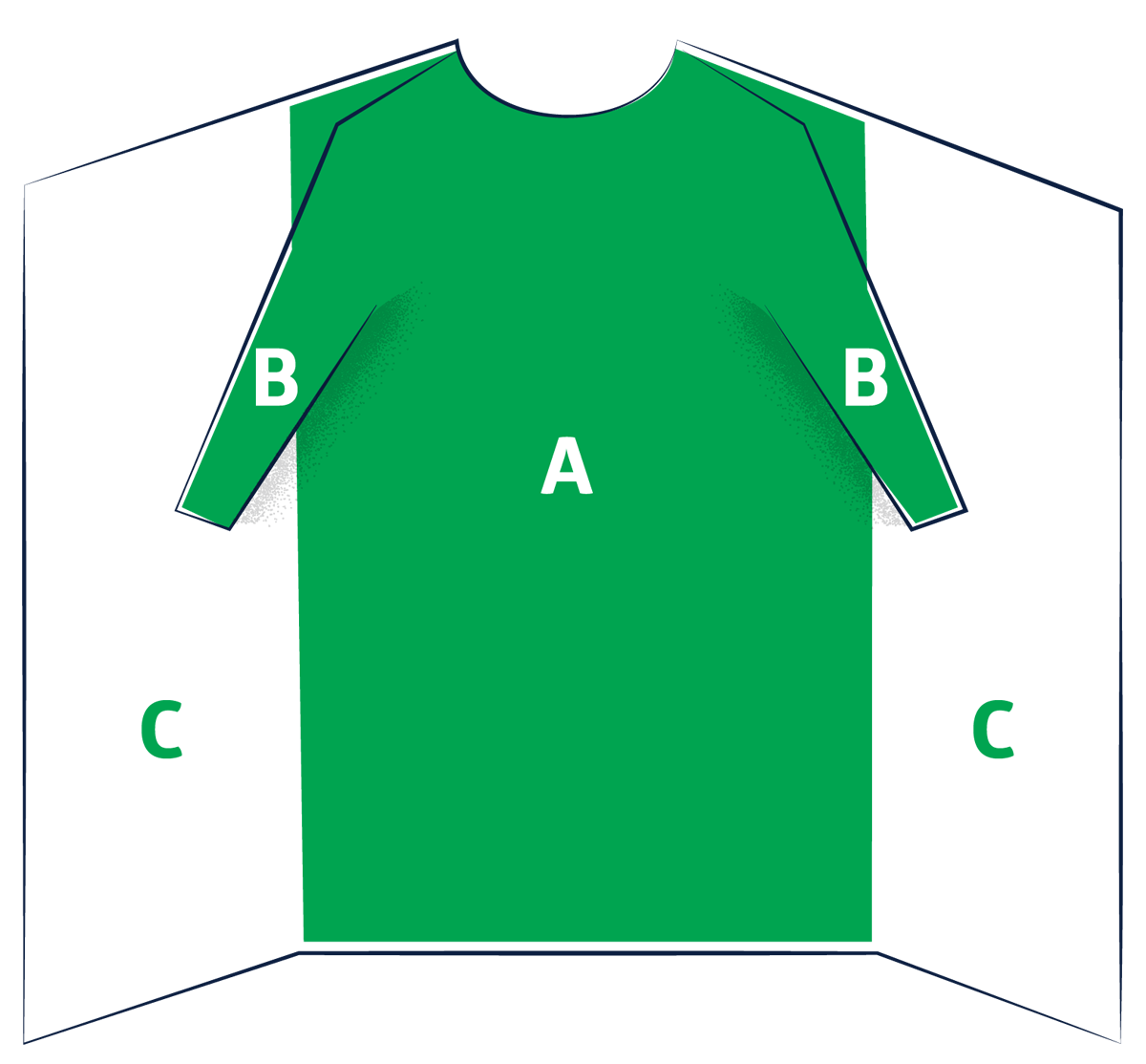
Open back gown
- Exposure to the back is not anticipated
- Leaves portions of the back uncovered2
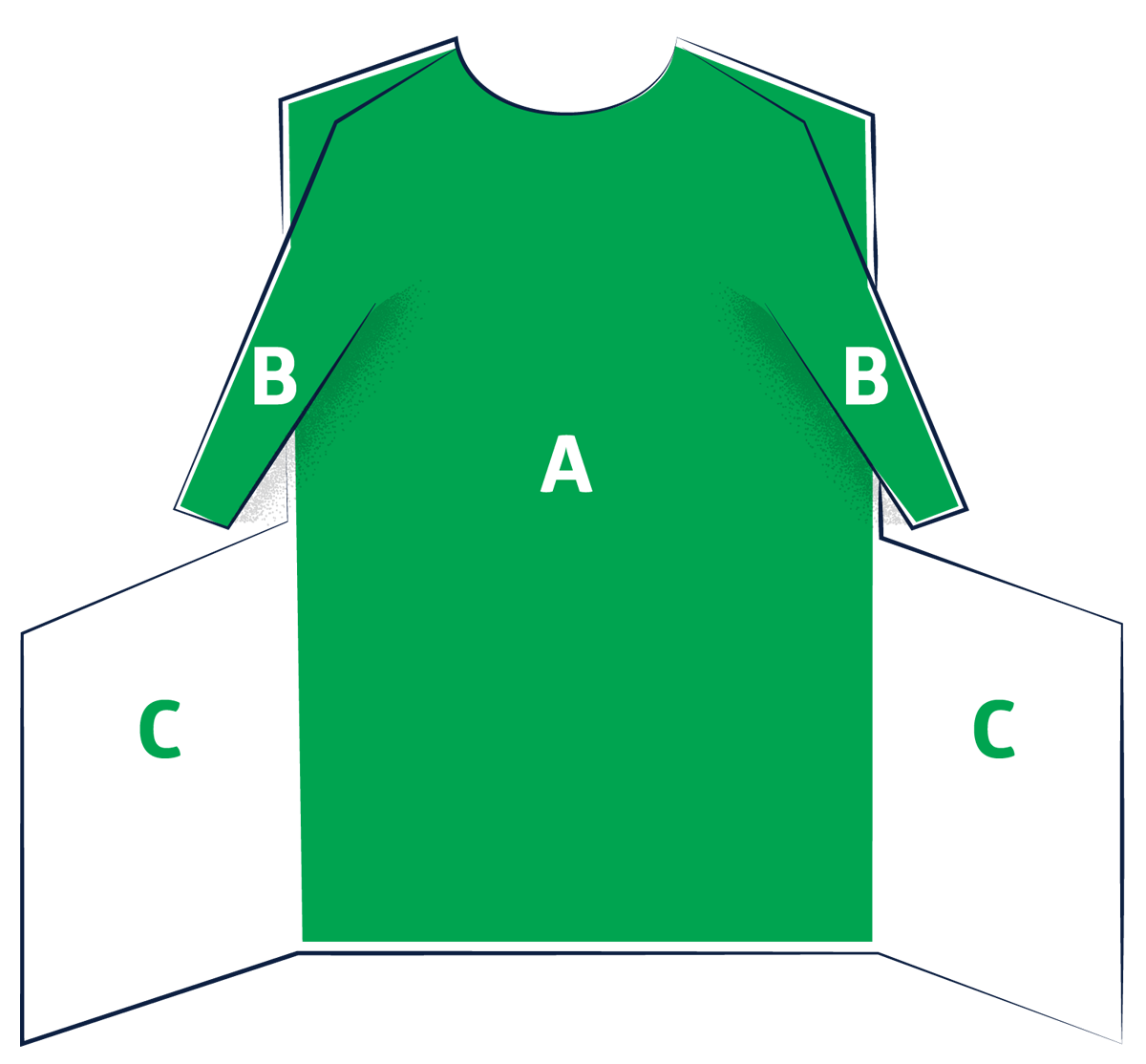
These categories will be included on product and packaging labels to help you select the right gowns for your needs, based on the areas of protection you need. For example, a gown will be labeled as “AAMI Level 3 Full Coverage Decontamination Gown.” The updates will not go into effect until manufacturers have conducted necessary barrier protection tests and then start to manufacture the gowns with labeling.
Key takeaway
You wear multiple types of medical gowns in your healthcare facility, but not all the gowns are rated based on AAMI levels of protection. AAMI has updated ANSI/AAMI PB70 to rate additional protective gowns. It’s important to know the four levels of barrier protection so you can select the right gown for your risk of exposure every time.
References:
- CDC. NIOSH Personal Protective Equipment Information (PPE-Info). Available at: PPE-Info—Standard Details (cdc.gov). Accessed November 7, 2022.
- AAMI (2023, January). ANSI/AAMI PB70:2022, Liquid barrier performance and classification of protective apparel and drapes intended for use in health care facilities.
- FDA. Personal Protective Equipment for Infection Control/Medical Gowns. Available at: https://www.fda.gov/medical-devices/personal-protective-equipment-infection-control/medical-gowns#g4. Accessed November 7, 2022.
- CDC. The National Personal Protective Technology Laboratory/Considerations for Selecting Protective Clothing. Available at: Considerations for Selecting Protective Clothing | NPPTL | NIOSH | CDC. Accessed November 5, 2022.

